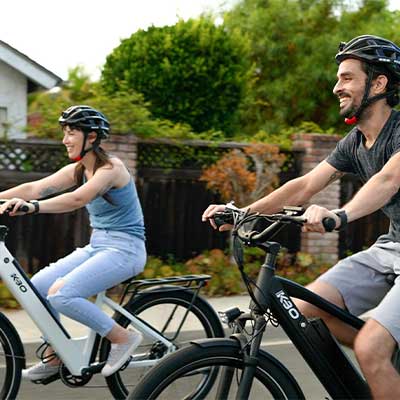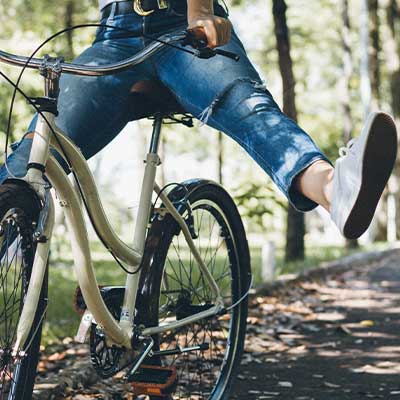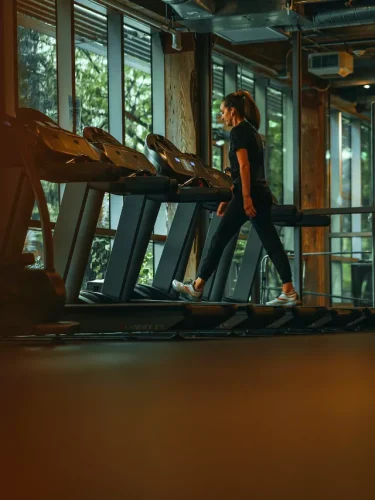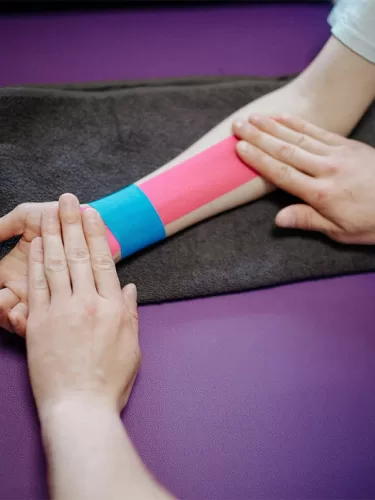Last Updated on March 28, 2025
Bicycling is a great way to get around, but it can also be dangerous. According to the CDC, nearly 130,000 bicyclists are injured in road crashes in the US each year. To reduce your risk of being in an accident, follow these tips for avoiding bicycle accidents:
Maintain Your Equipment
Your bike should be in good working condition before you ride it. It means checking the tires are properly inflated, the brakes are working, and the chain oil. You should also ensure that your clothing will not get caught in the chain or wheels. Especially if you plan on doing a long-distance bike trip.
Prepare Before You Bike
Before you head out on a ride, take a few minutes to plan your route. Avoid busy streets if possible, and stick to bike lanes or paths. If you are riding in traffic, wear bright clothing so drivers can see you. Make sure you have your helmet on and that your bike lights work.
While you shouldn’t plan for an injury, it can also be helpful to have a personal injury attorney like those at Injury Law Palm Beach added to your phone contacts that you can call in case you find yourself injured on the side of the road.
Watch for Hazards
As you ride, be on the lookout for potential hazards. Look for potholes, glass, grates, and anything else that could cause you to lose control of your bike. Road hazards also include swerving cars, an open door at a stoplight, children crossing the street, and more.
Stay as alert as you can while riding, so you can see a hazard before it poses a risk to you.
Follow Road Rules

Obey all traffic laws when you are riding your bike. Learn the essential road rules, like coming to a complete stop at stop signs and red lights, yielding to pedestrians, riding in the direction of traffic, and using hand signals to indicate when you are turning.
Use Traffic Lanes With Caution
It would be best if you used bike lanes whenever possible, but in Florida, you can also bike in car traffic lanes when needed. Just be aware of traffic when riding in the street.
If a car is trying to pass you, move over to let them go. If a car is turning right, they may not see you. Be cautious. Stay to the right side of the lane so cars can pass you with more space. Avoid riding between parked cars and the curb, as drivers may not see you if they open their doors.
Ride Defensively
Even if you are following all the rules of the road, there is no guarantee that other people will. Ride defensively, so you can avoid an accident even if someone else is not being careful. Be extra cautious at intersections and aware of what other vehicles are doing. Don’t assume that drivers will see you.
Stay Safe in the Bike Lane
Following these tips can reduce your risk of being in a bicycle accident. However, even if you are careful, accidents can still happen. If you have been injured in a bicycle accident that was not your fault, seek medical attention and contact an experienced personal attorney as soon as possible.
Unlocking Gym Membership Benefits: Surprising Advantages You Might Not Know
Walking into a gym for…
3 Amazing Set Activewear Brand Picks for the Summer
We all know that moving…
Women’s Fitness Workouts | Legs, Abs and Cardio Exercise
Leg exercise https://www.youtube.com/watch?v=ZZI__bqlBkQ Ab Exercise…
Exercises To Do When Recovering From A Soft Tissue Injury
Have a soft tissue injury…
What can prevent most bicycle accidents from ending in death?
Every biker who puts on a helmet correctly each time they get on a bike can help reduce the likelihood of head injuries by more than 85% when collisions do occur.
What’s the most likely time to have a bicycle accident?
The majority of bicycle accidents, according to the National Highway Traffic Safety Administration (NHTSA), happen between 6 p.m. and 9 p.m., and they happen more frequently in urban than rural regions.
What is the most important safety rule in cycling?
Always wear a helmet and abide by the laws of the road for maximum safety. In many States, bicycles are regarded as vehicles, and as such, cyclists are subject to the same legal obligations to obey traffic laws as drivers.
Meet Kourtney, a writer specializing in sex and relationships. Known for her honest and insightful approach, she explores themes of intimacy and personal growth. Her work combines personal anecdotes, expert opinions, and practical advice, helping readers navigate the complexities of modern relationships and embrace their desires. Kourtney's writing serves as a guide for those seeking authentic and fulfilling connections.
- This author does not have any more posts.






